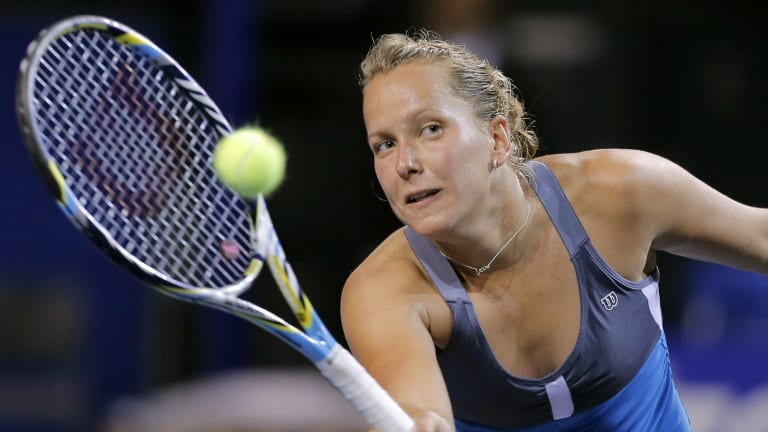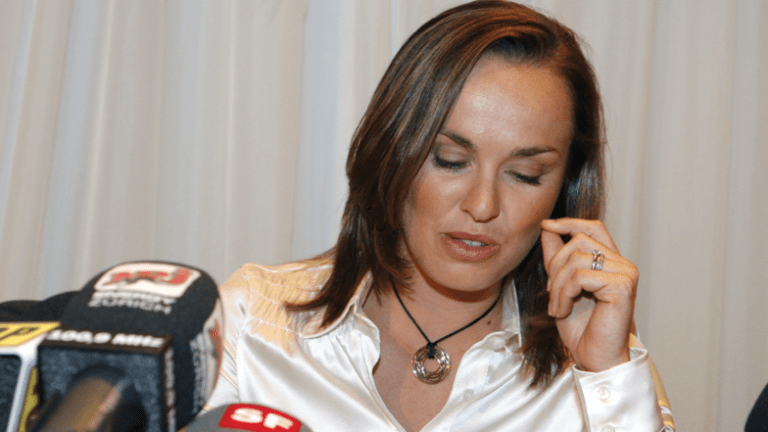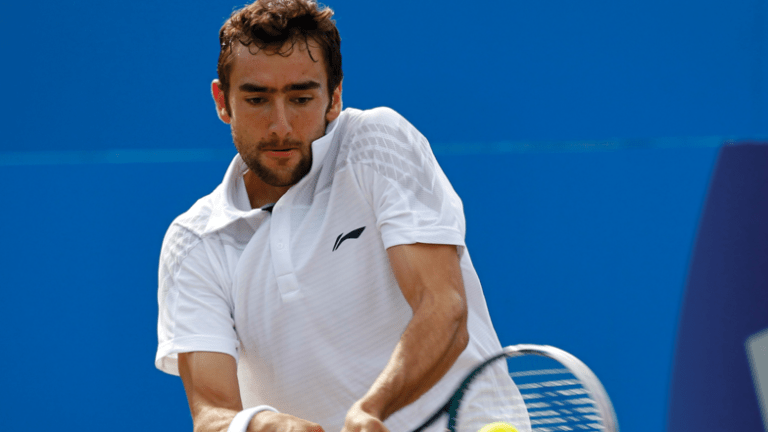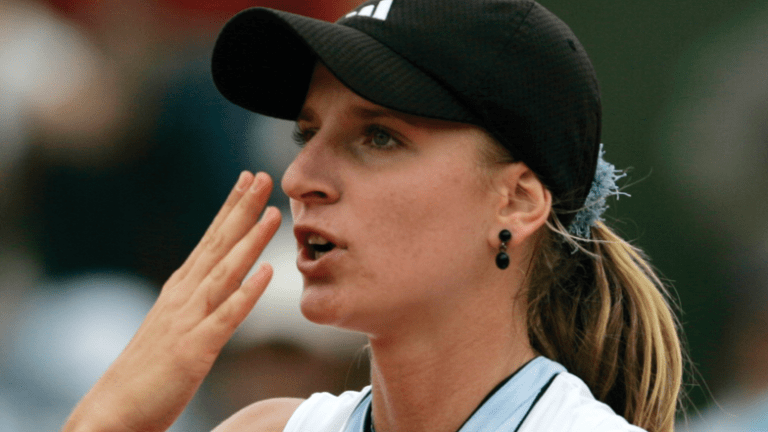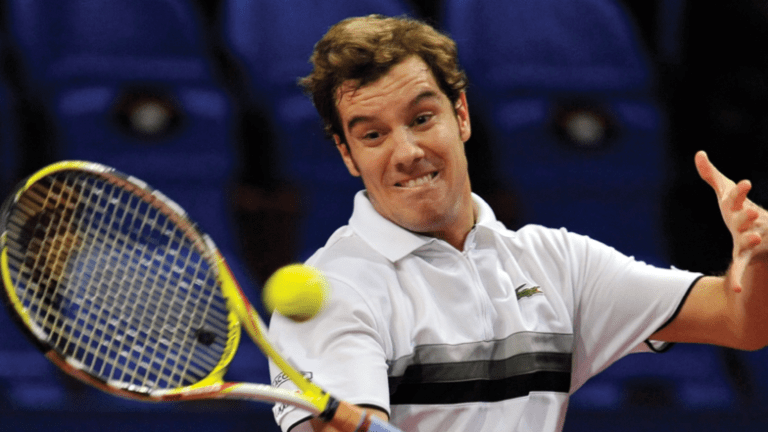On Wednesday, the International Tennis Federation announced that Maria Sharapova will be suspended for two years, backdating to her failed drug test in January for meldonium. The Russian will be eligible to compete on January 26, 2018, when she will be 31 years old. Her ranking points and prize money from her quarterfinal run in Melbourne are to be forfeited.
Sharapova said she will "immediately appeal" the ban.
While the news is certainly bleak, some proof exits of post-ban success:
1
